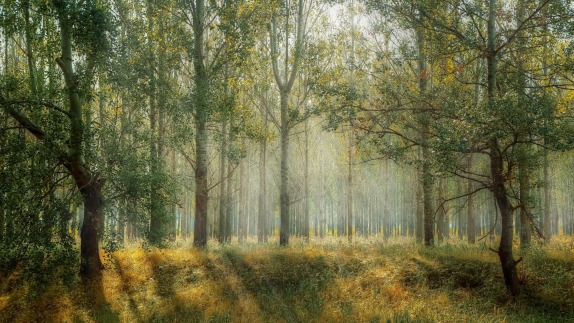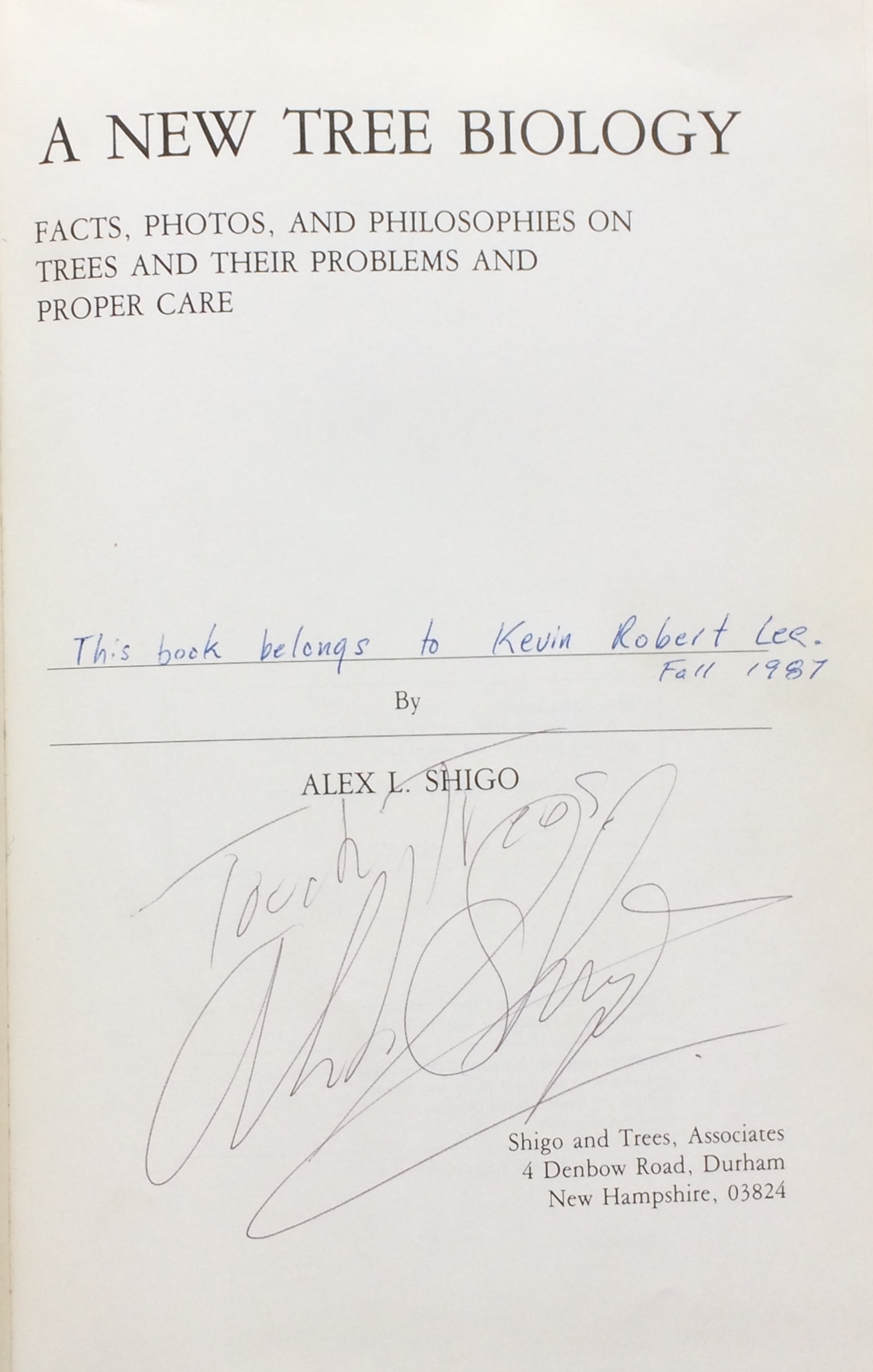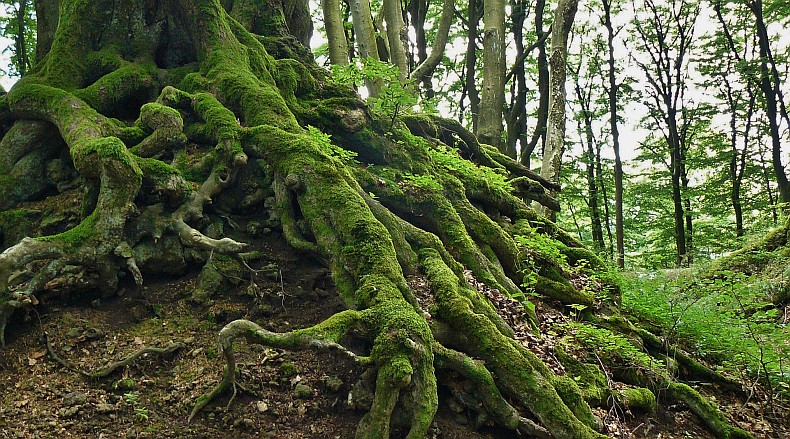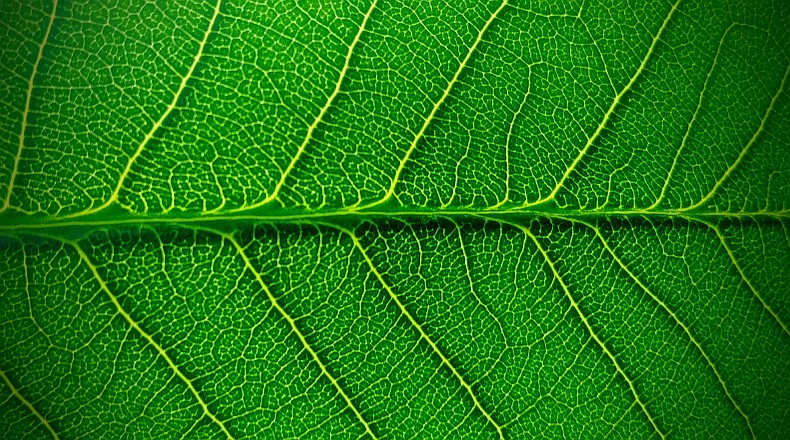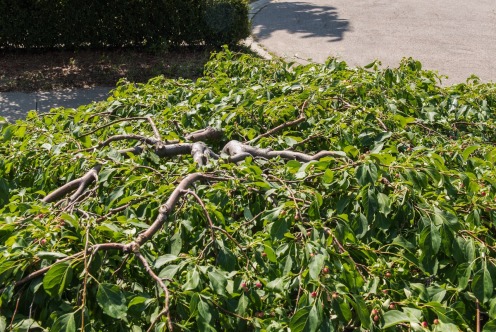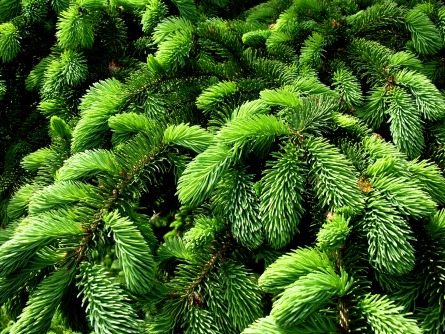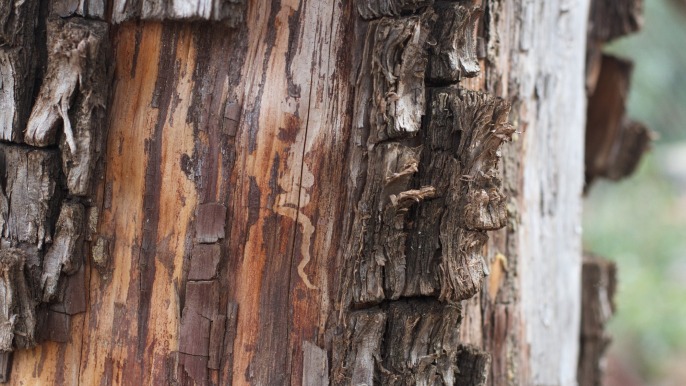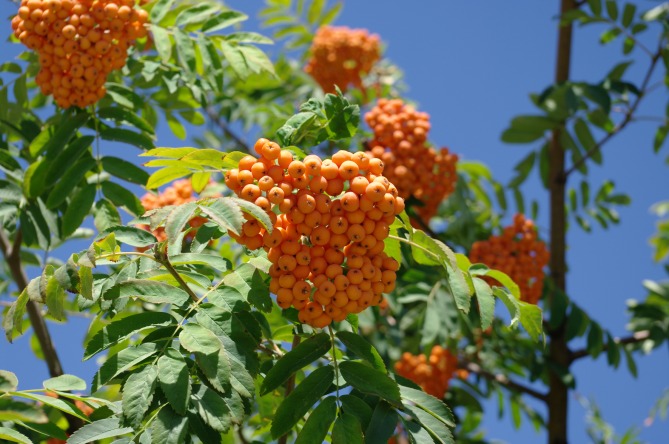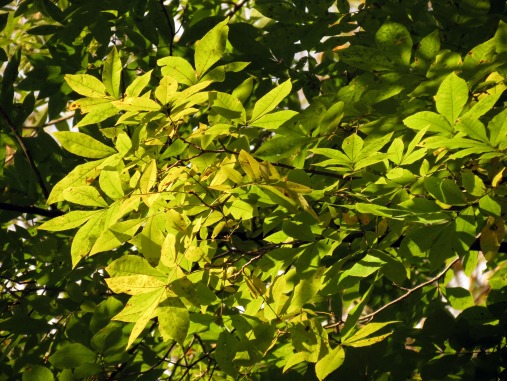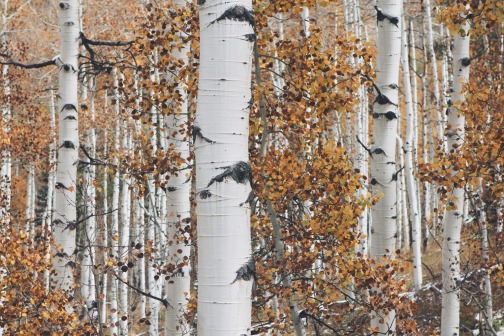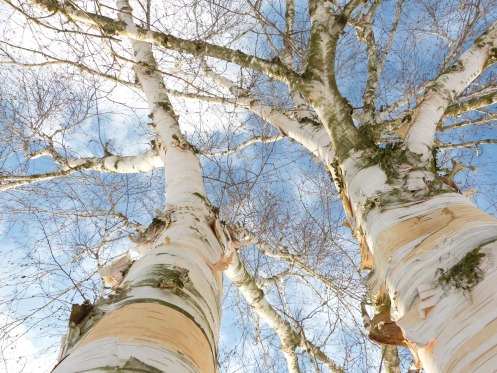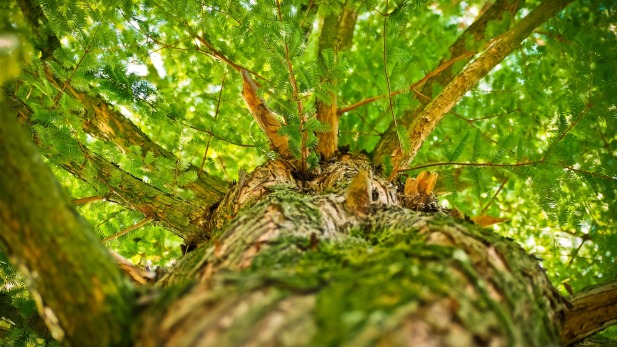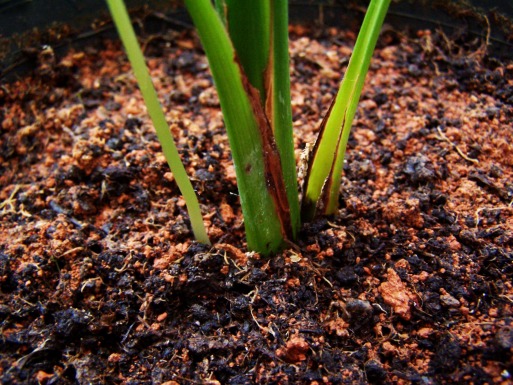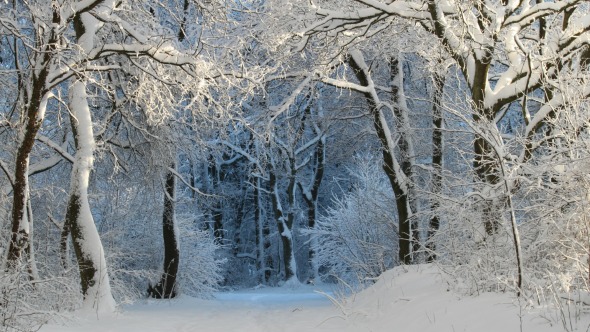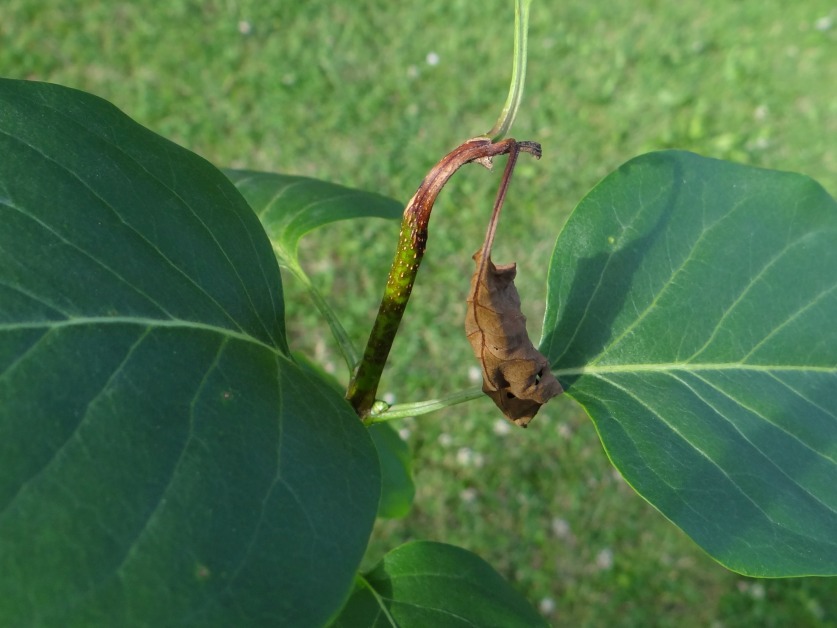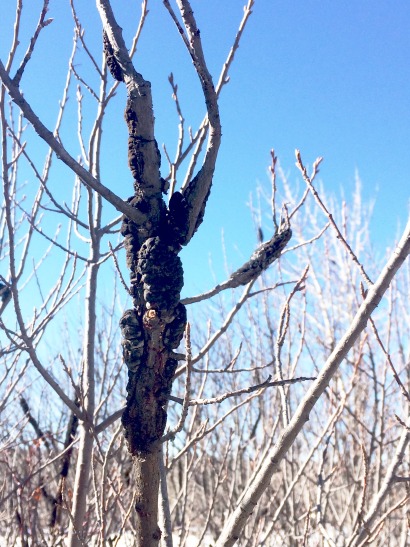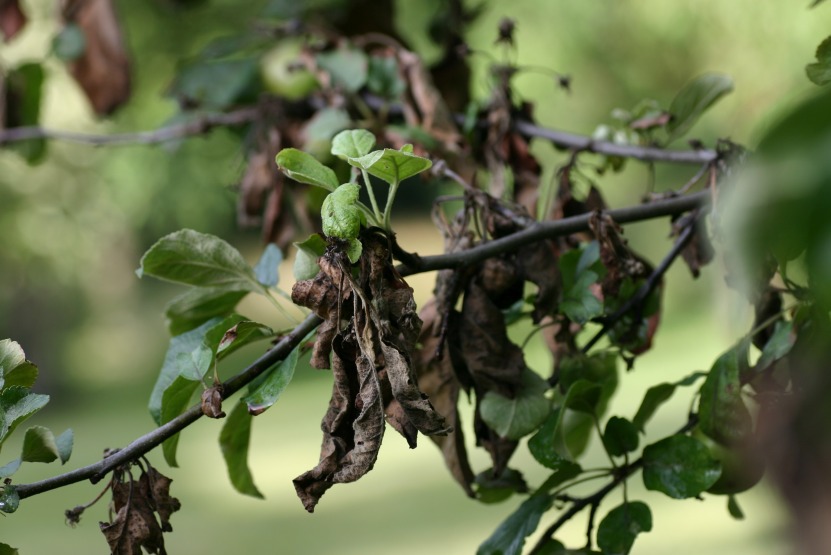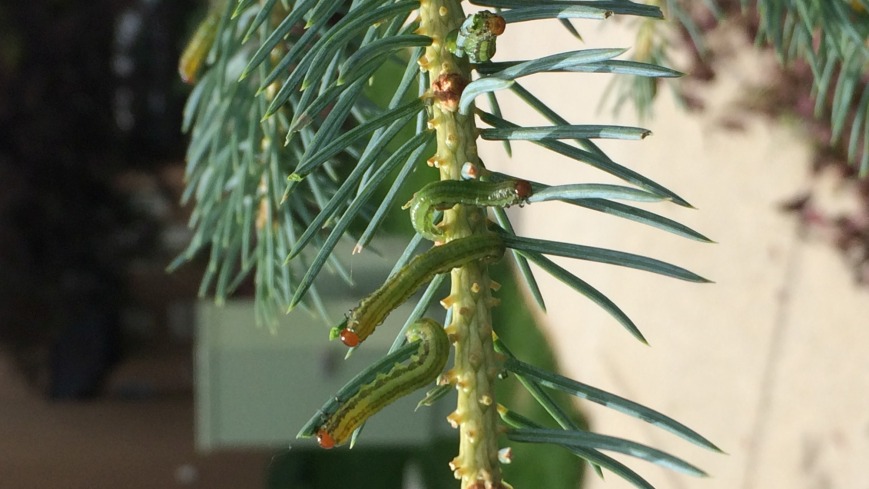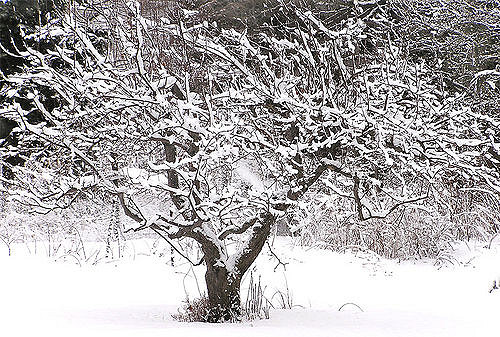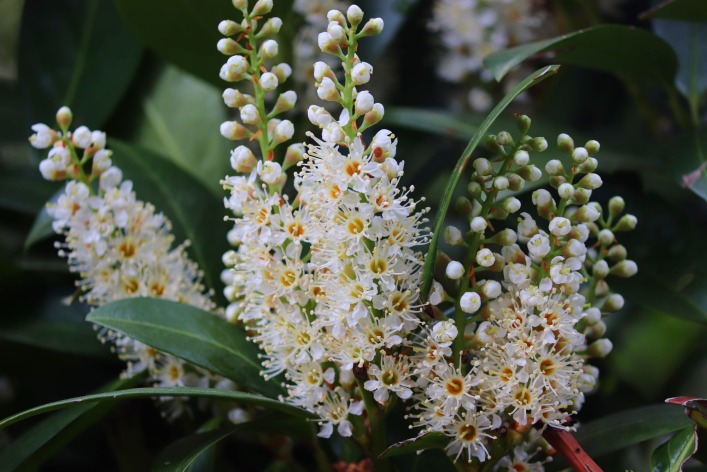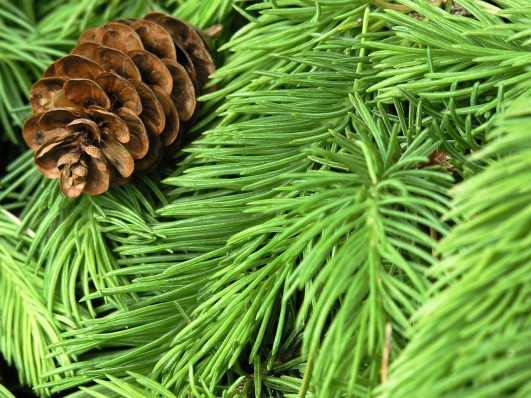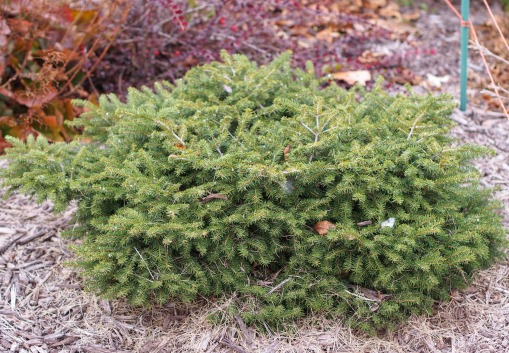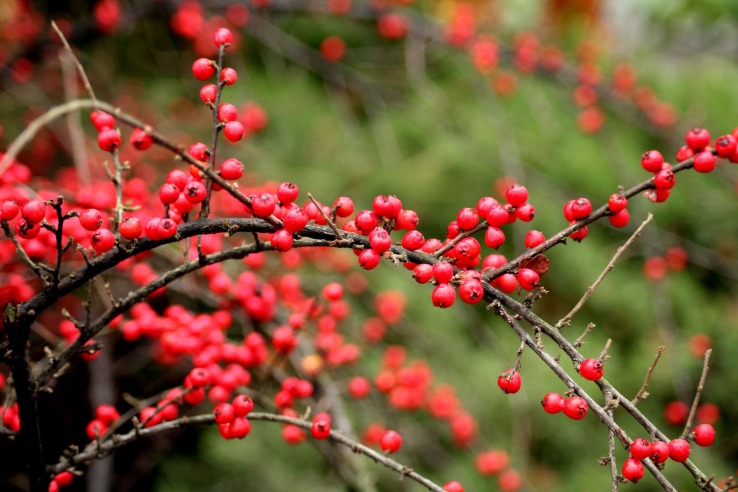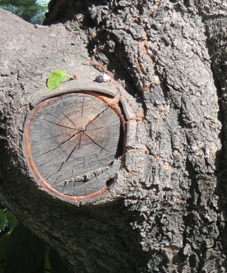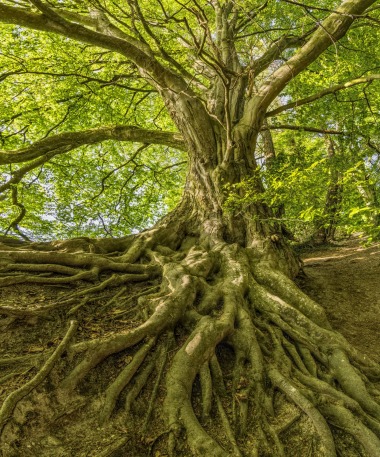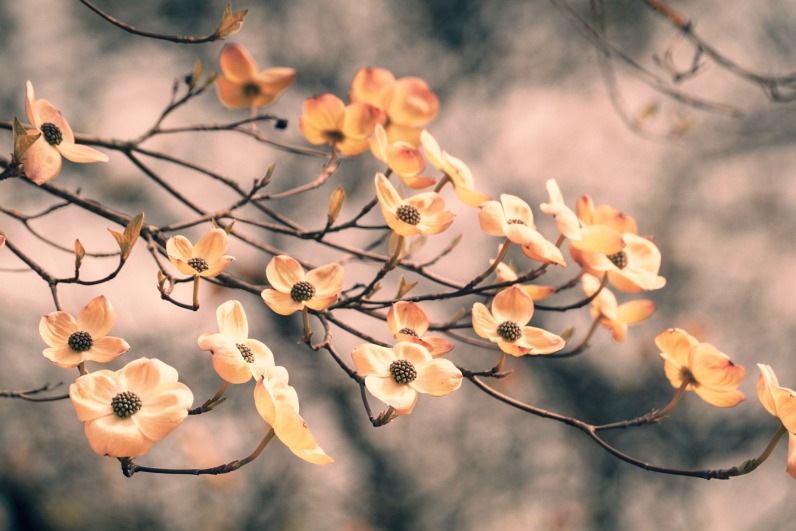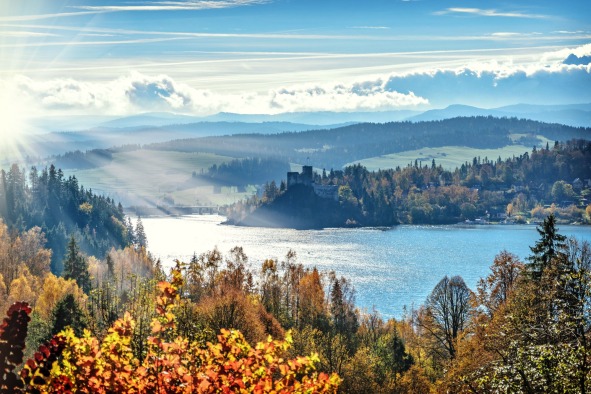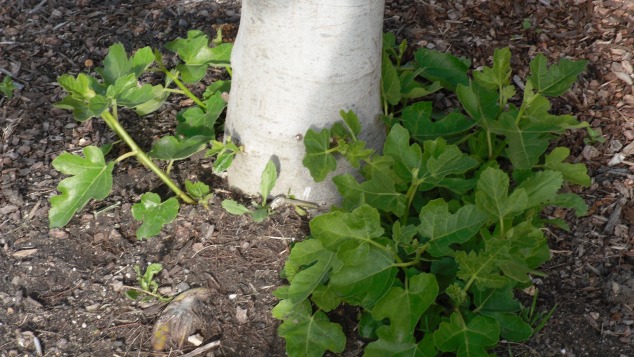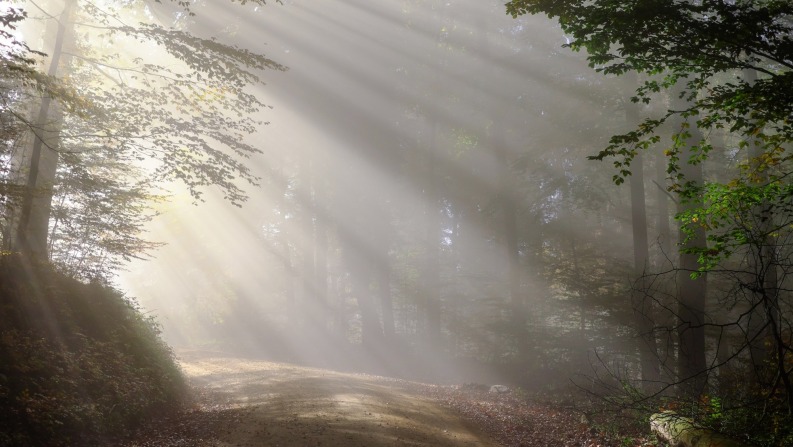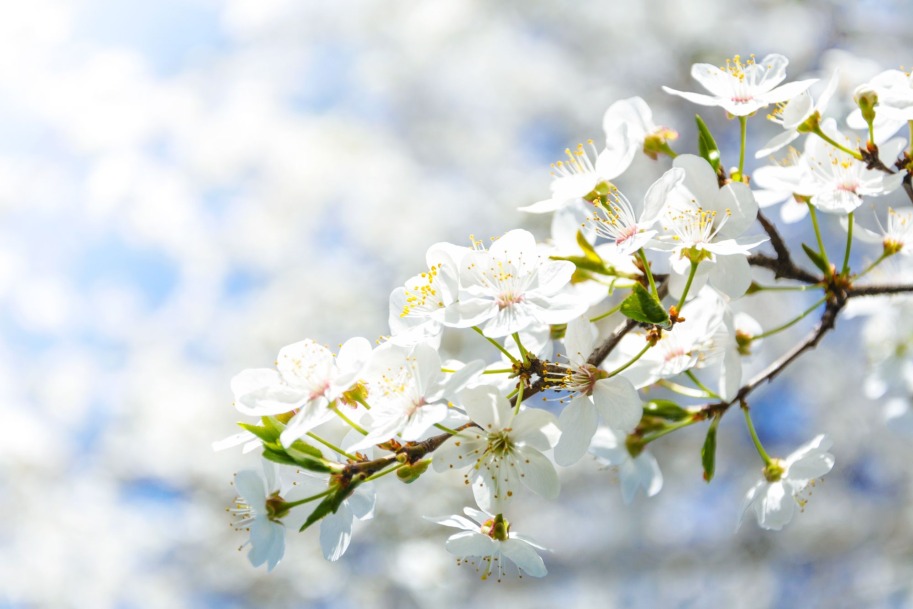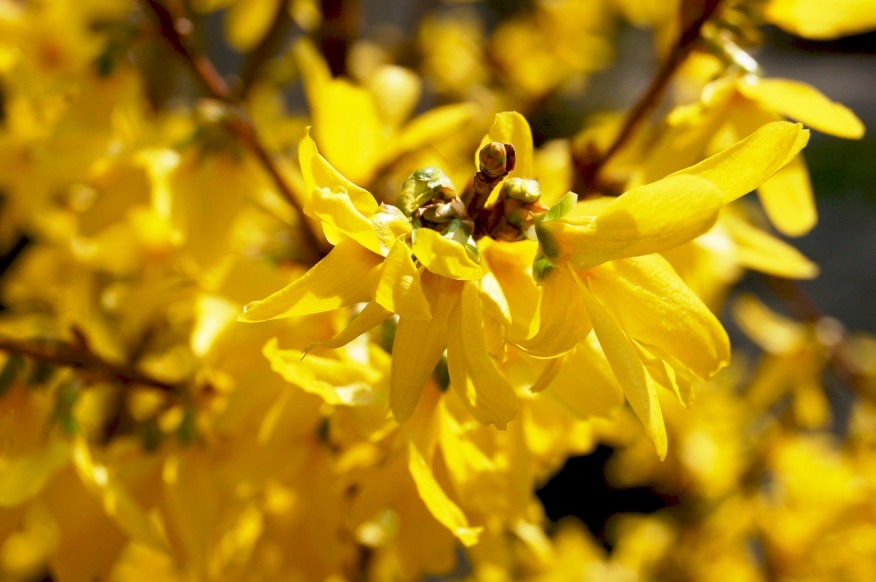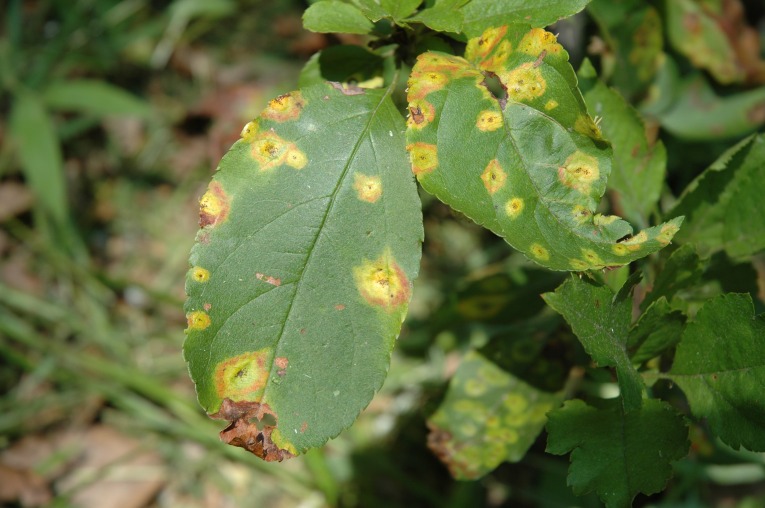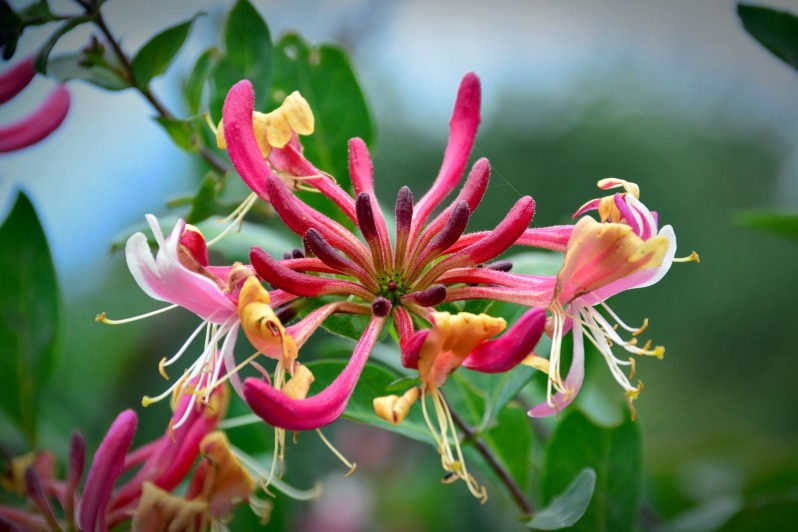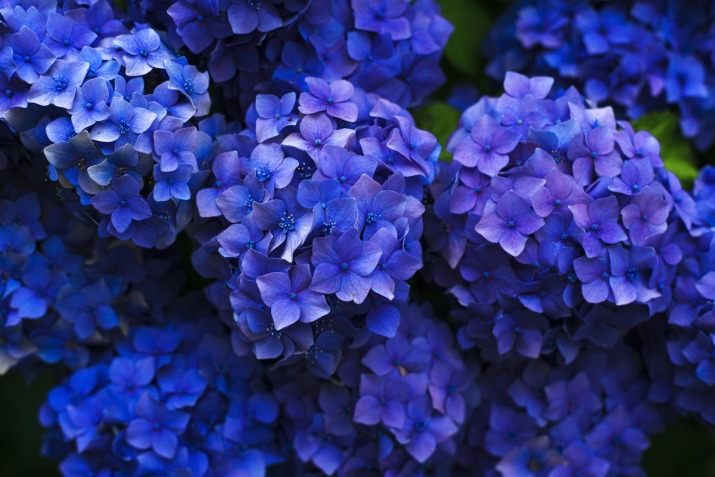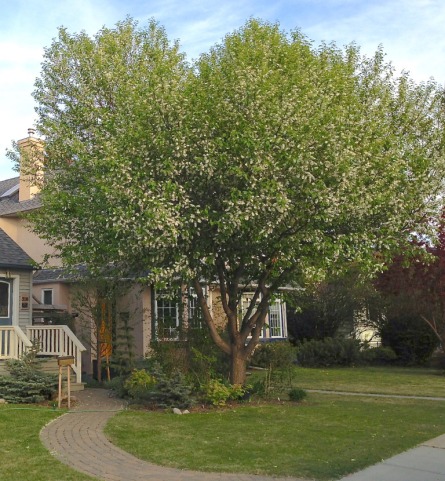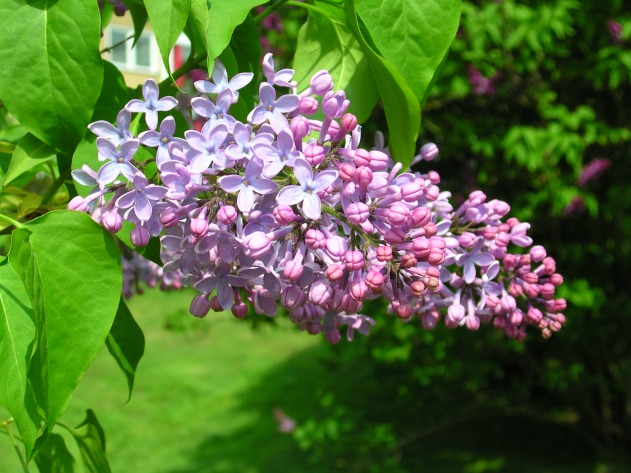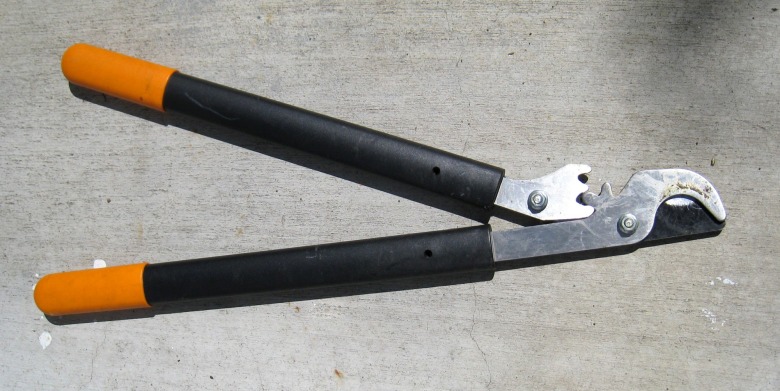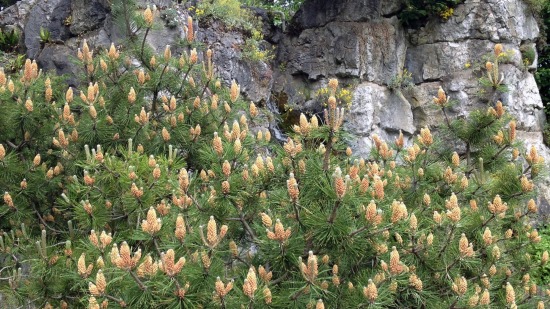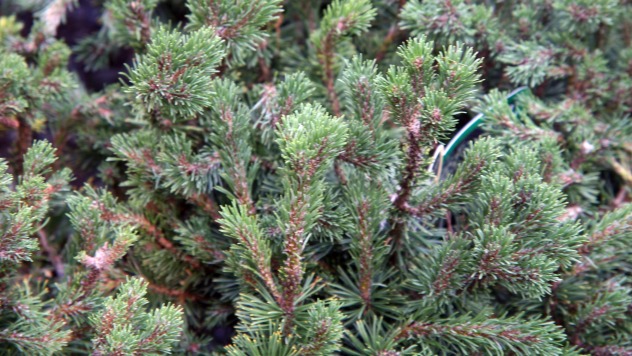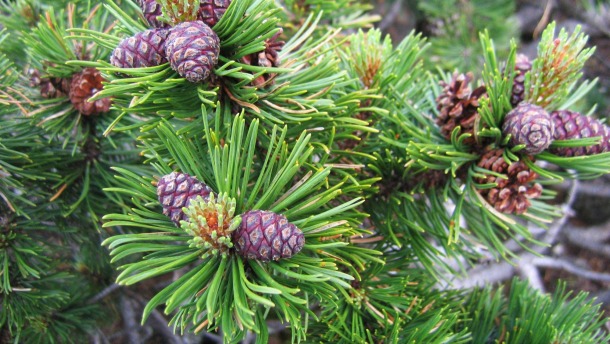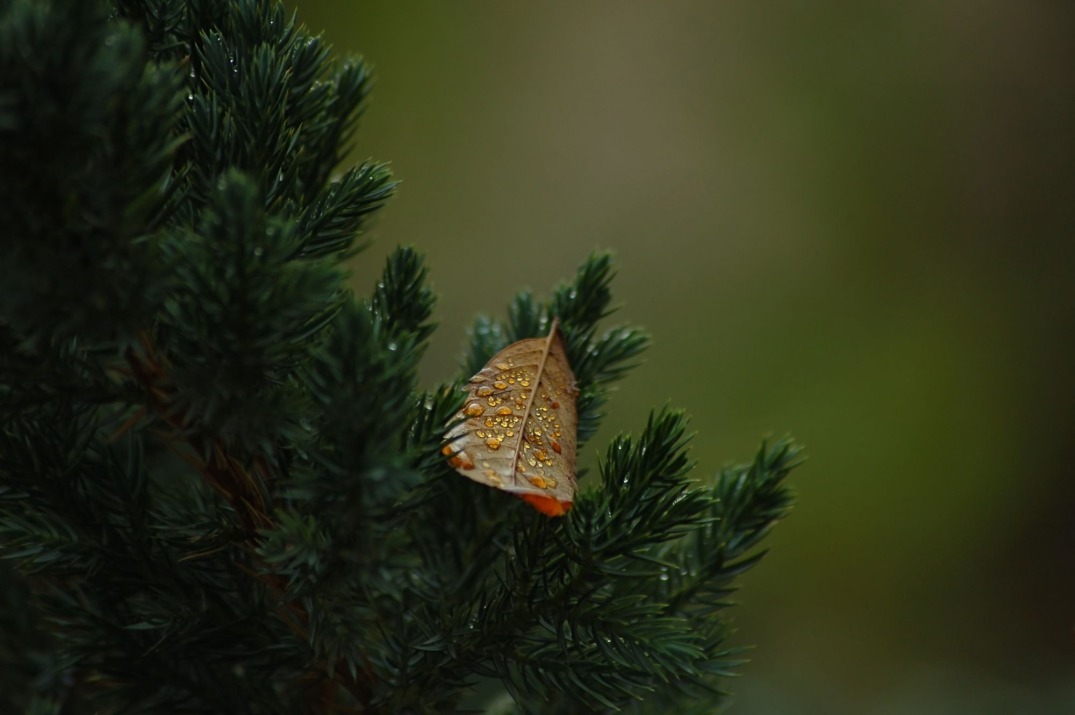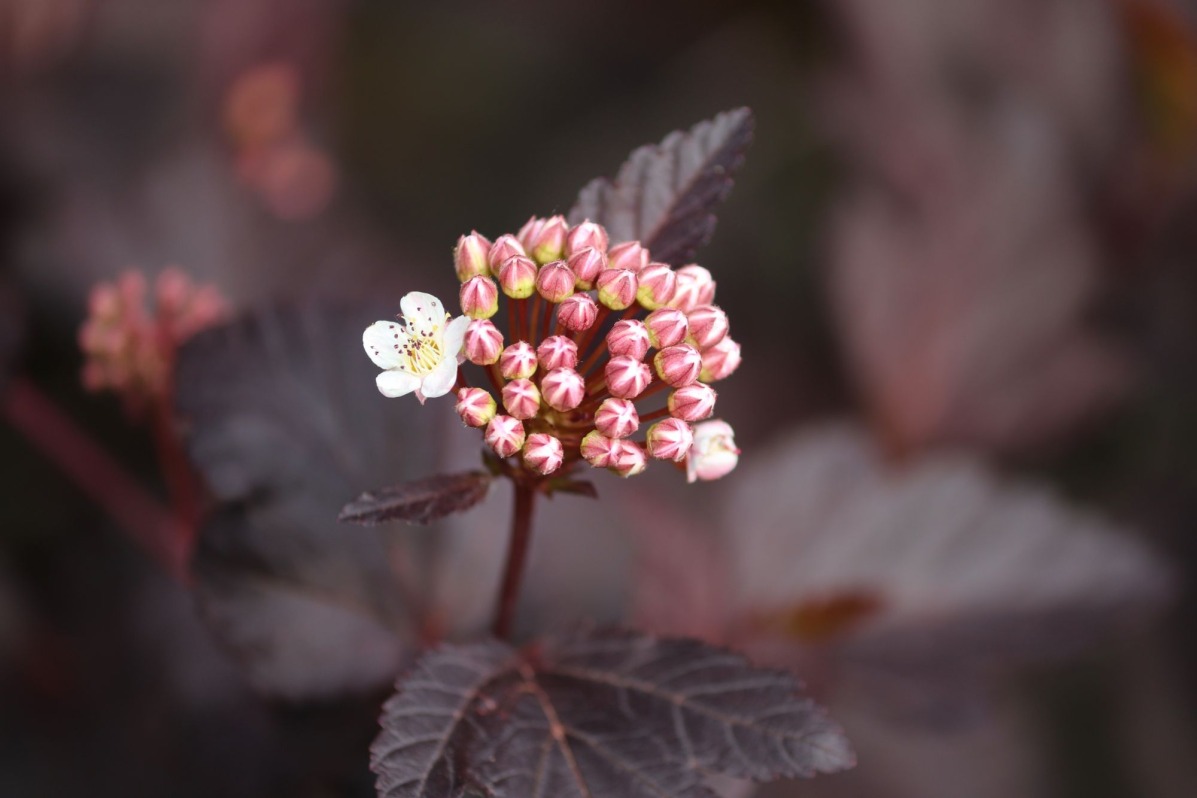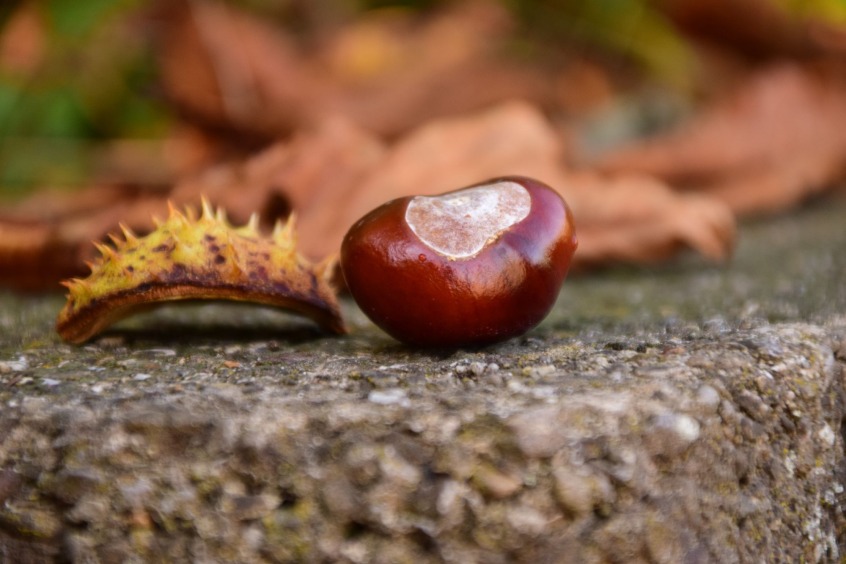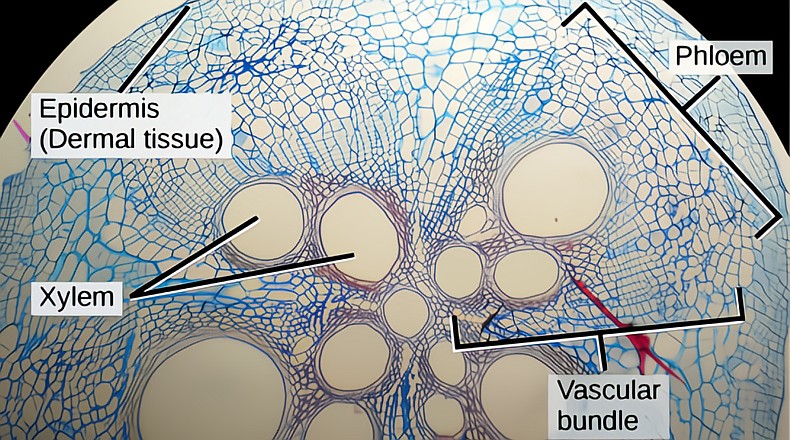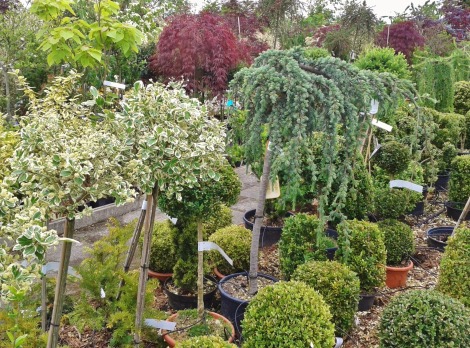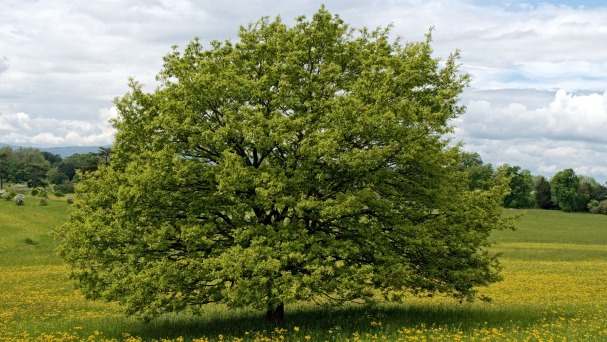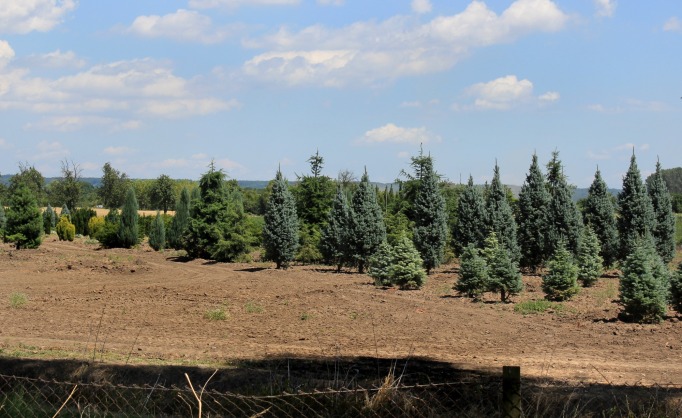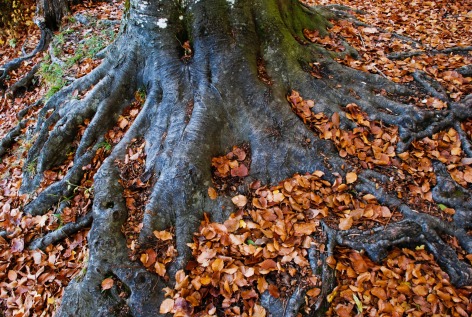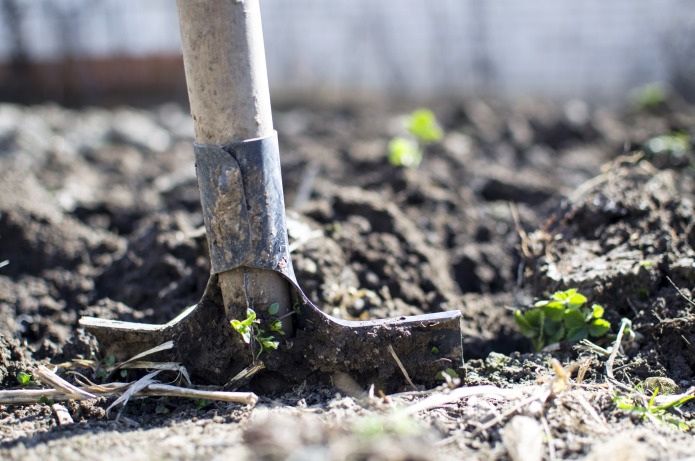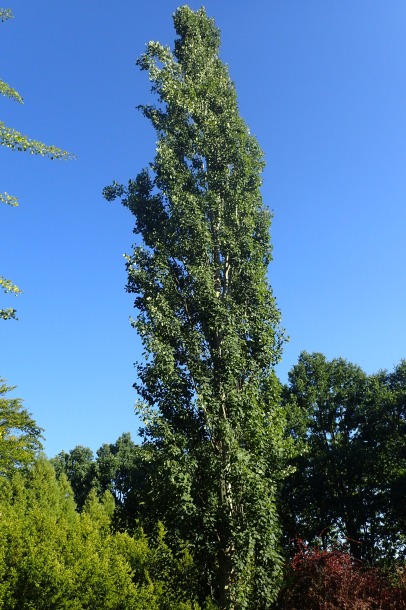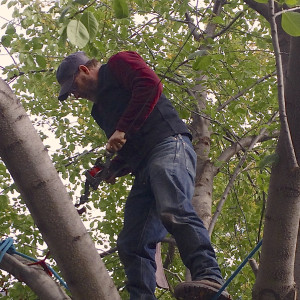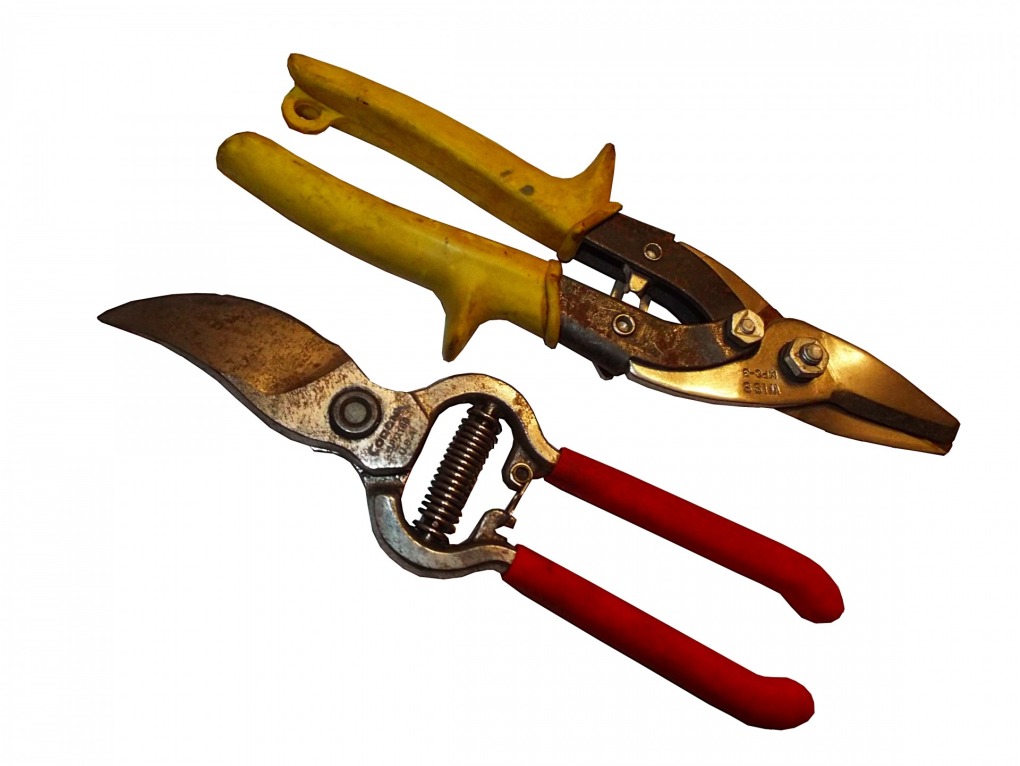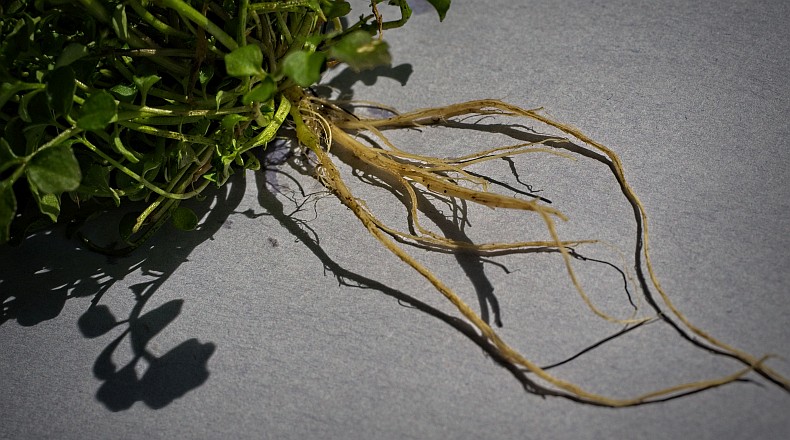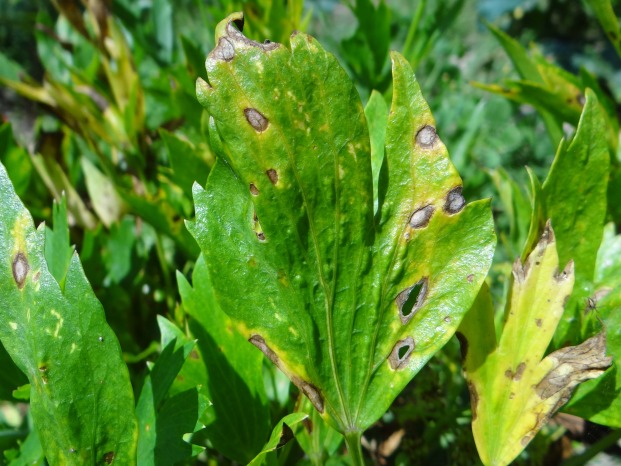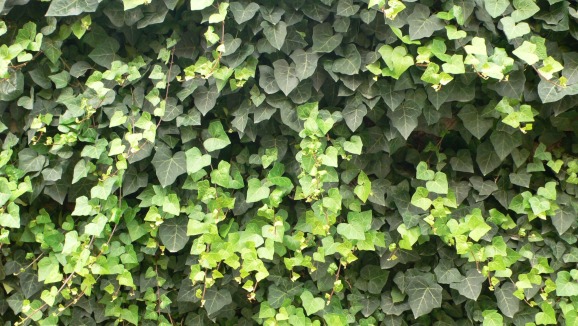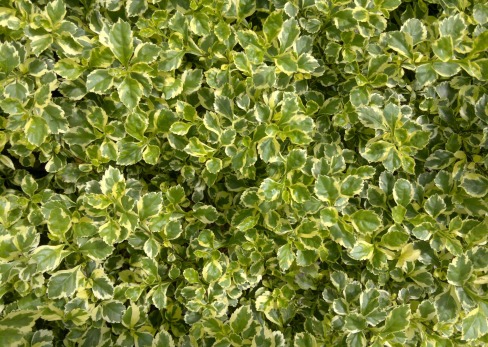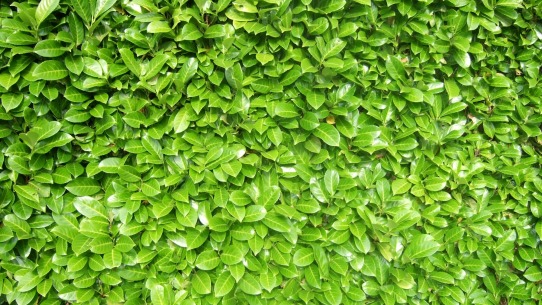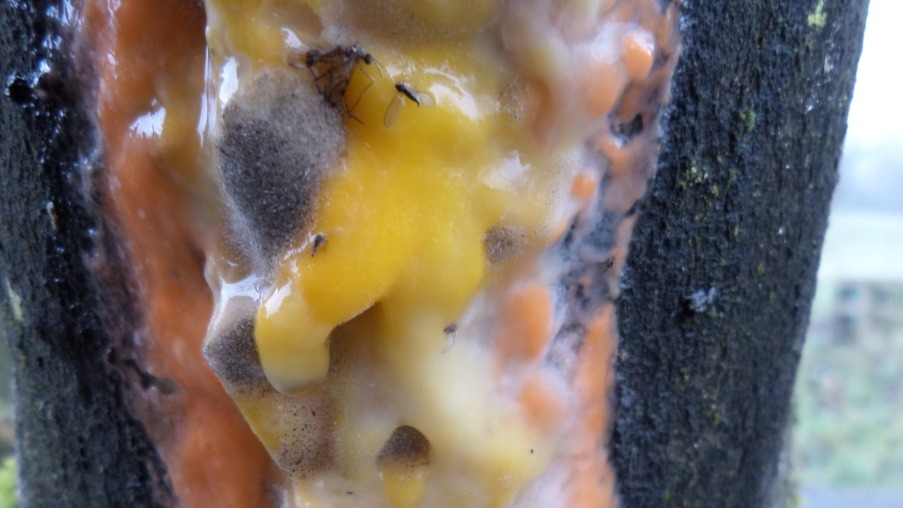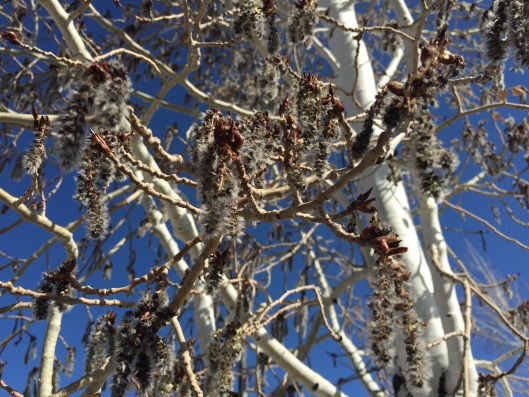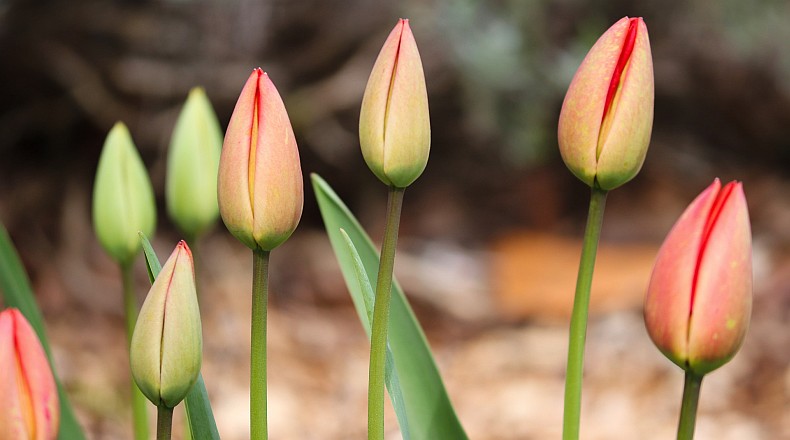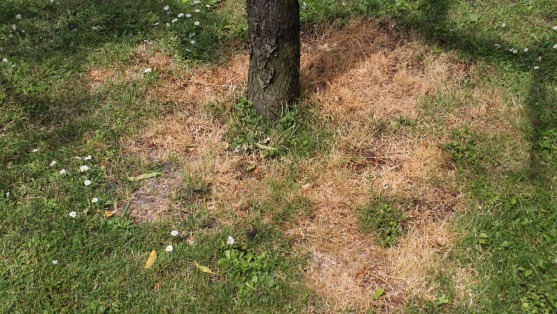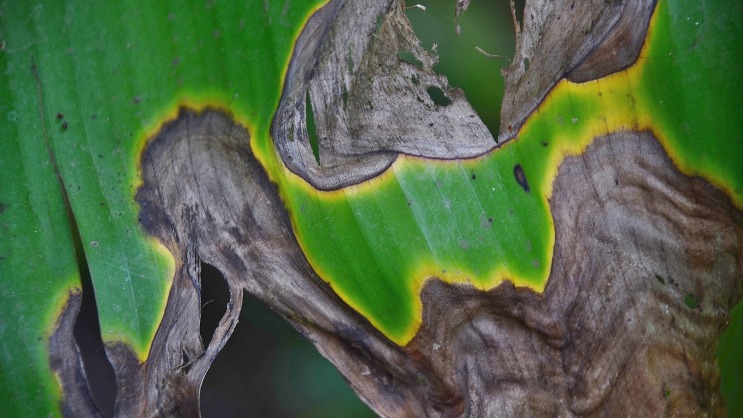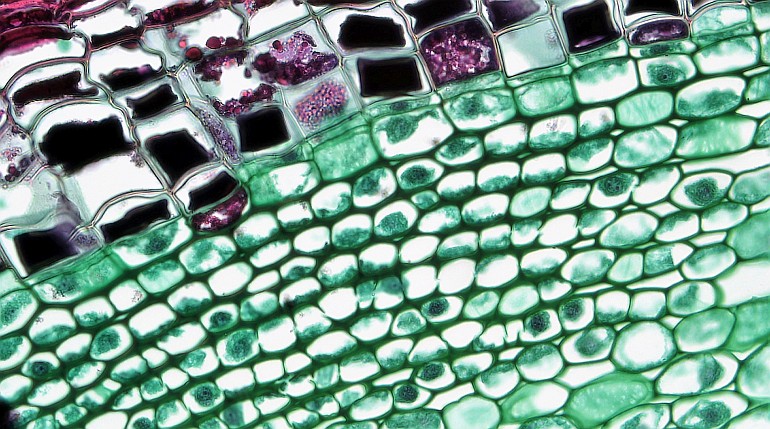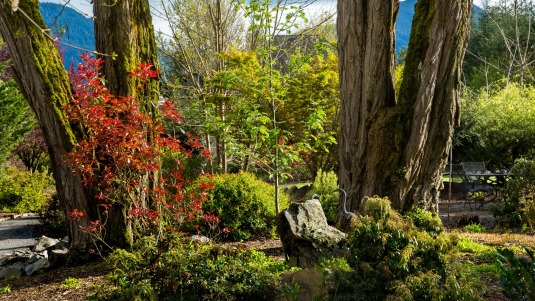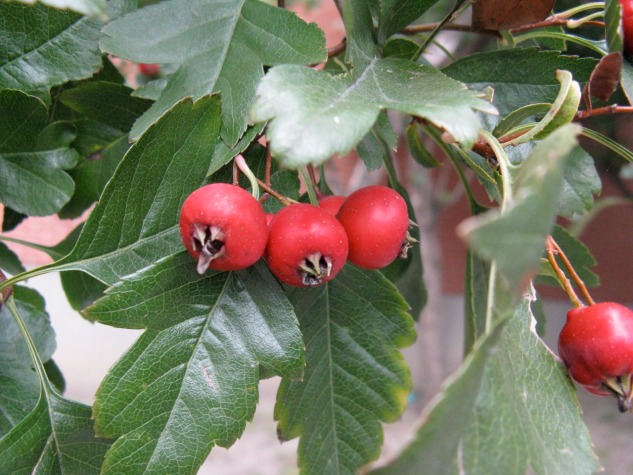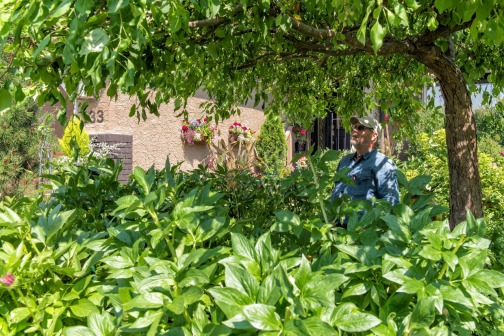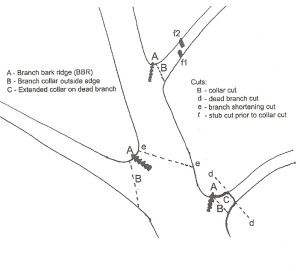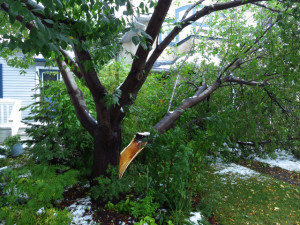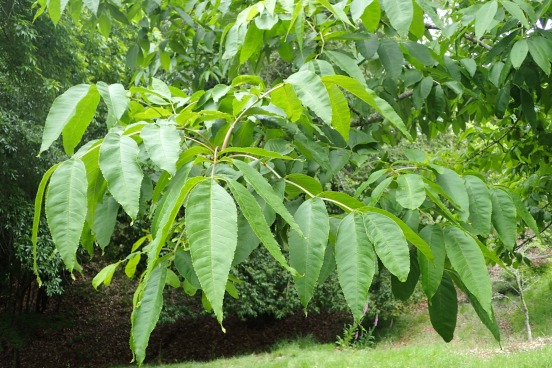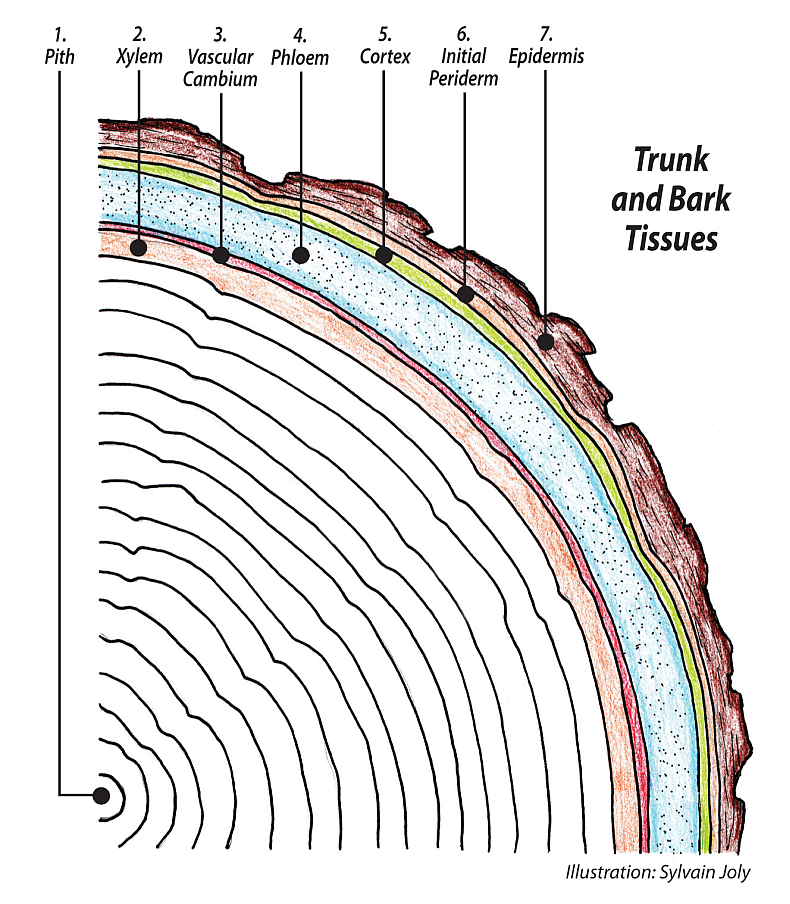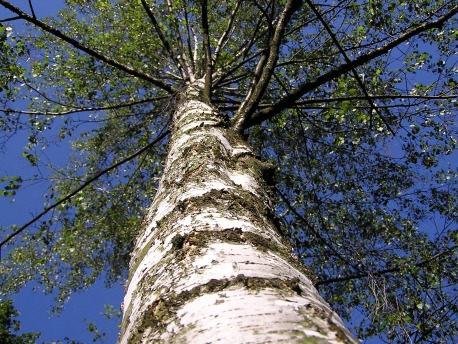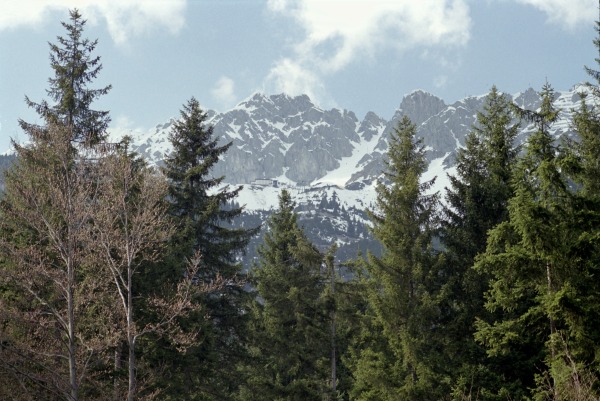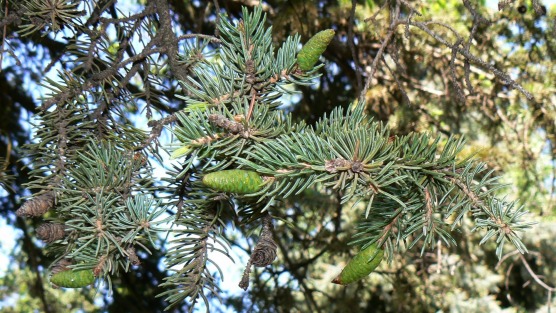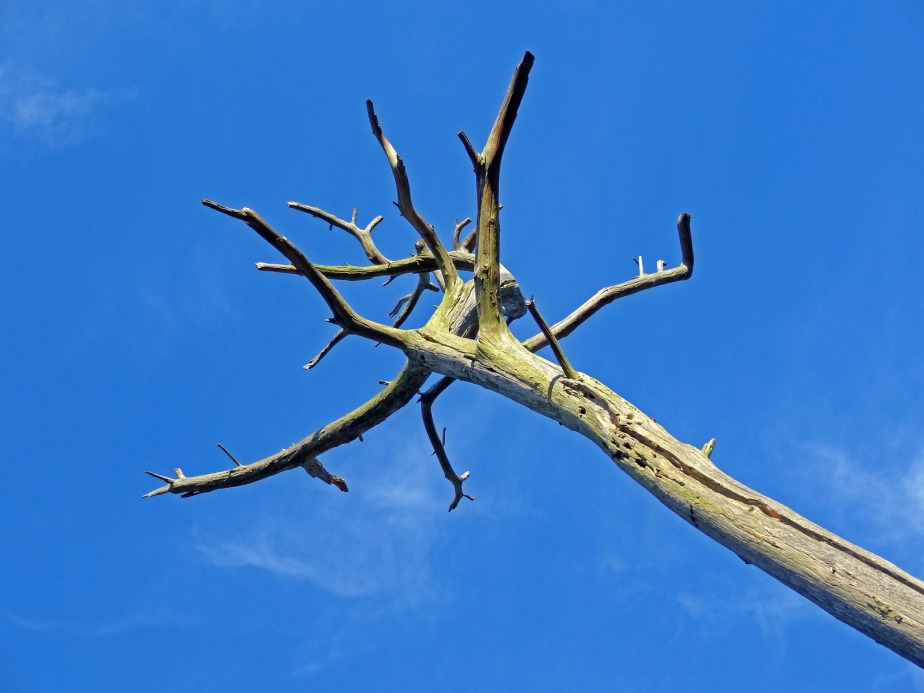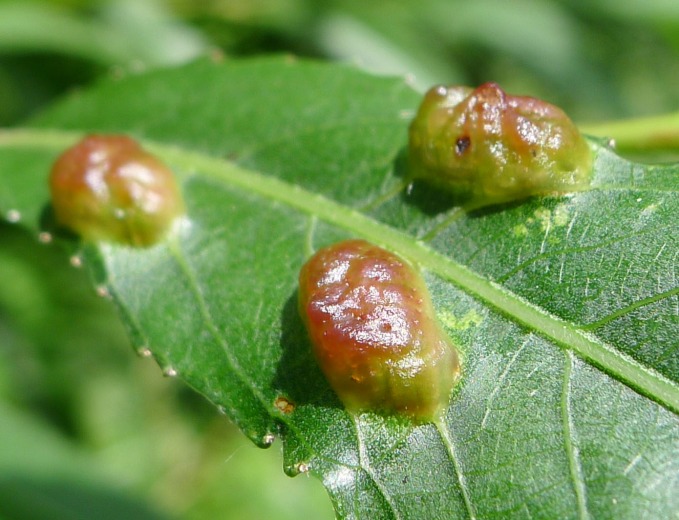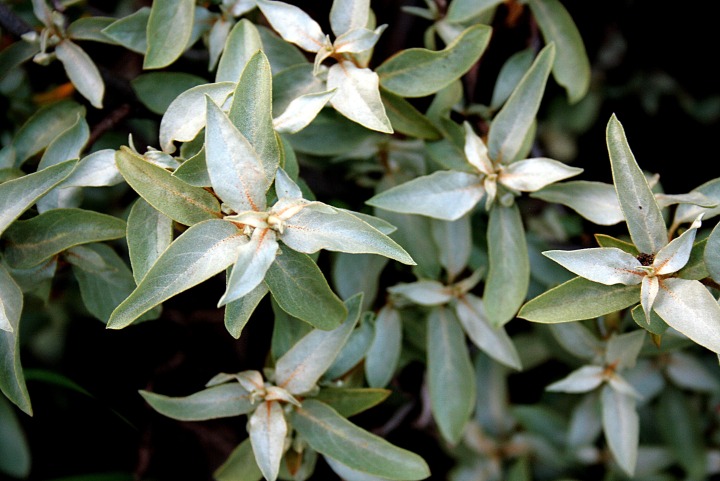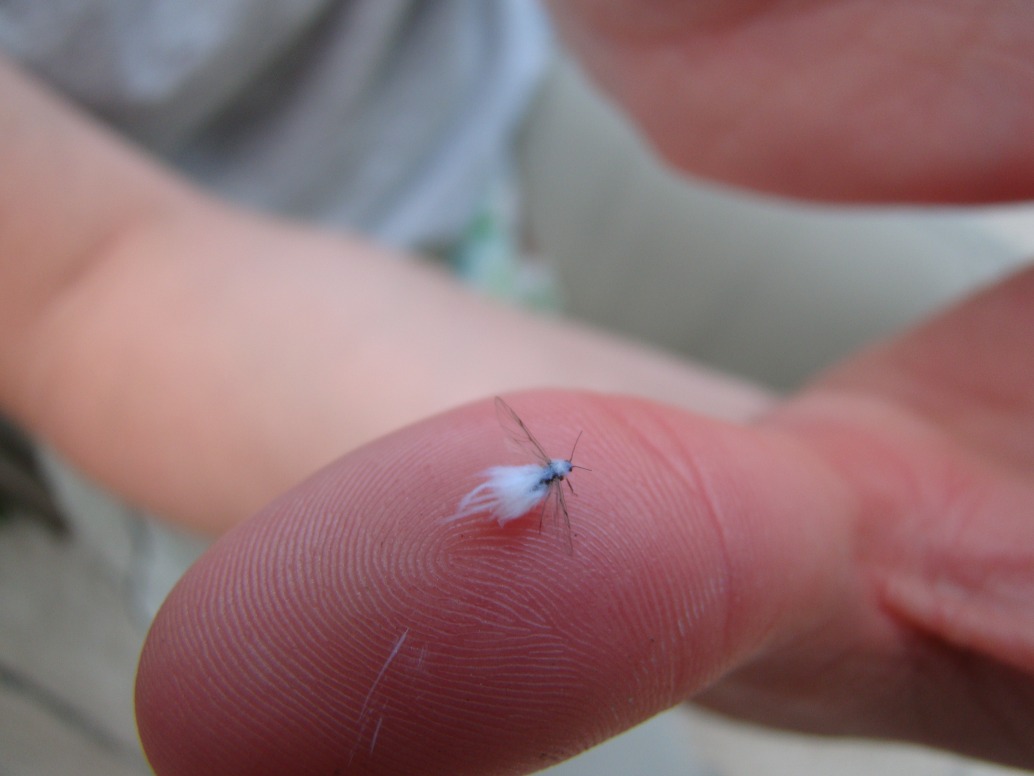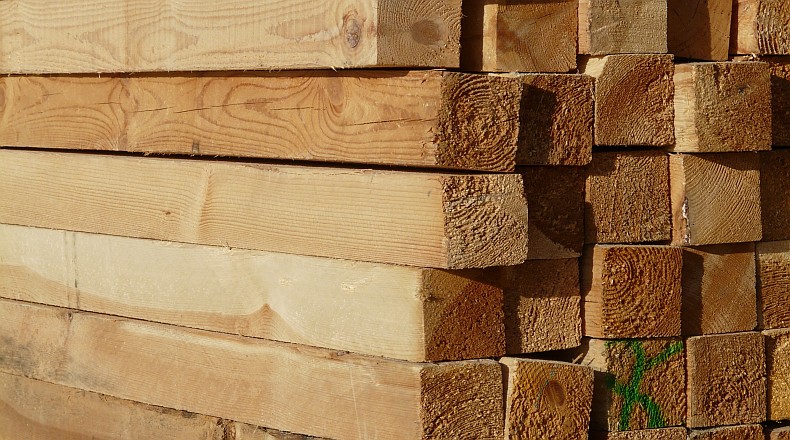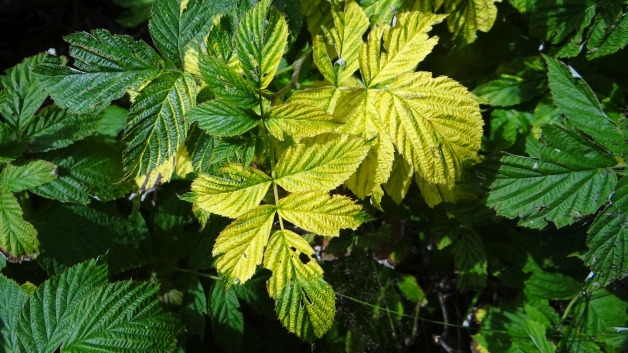In part one, I dealt mostly with roots and their medium, the soil. In this part I will discuss the trunk, or the stem. The stem is one of three essential organs almost all plants share: roots, stem and leaves.
Briefly, the roots anchor the plant to the earth and absorb the water and minerals that the plant needs to continue to grow to maturity. The trunk or stem supports the leaf mass above, and supplies the piping for the exchange of water, minerals and sugars. It also creates a valuable space where a lot of energy can be stored.
The leaves produce almost all of the energy for the tree’s varied amazing life processes. Sugars are produced from the chemical reaction photosynthesis, and are distributed to all living parts of the tree via the phloem, supplying the energy for growth, defence and storage.
Most of us looking at a tree see branches with leaves or needles and the trunk. Many people can start to see inside the trunk and imagine the growth rings in the trunk, marking the tree’s annual growth and expansion. We mostly see the surface of things, and the deeper life inside is hidden and mysterious. Thanks to hundreds of years of work by curious botanists, we can now understand most of the mystery, and the amazing inner life of trees has been revealed by very high power microscopes. Indeed, now objects measuring tiny fractions of a micron can be clearly seen. A micron is one thousandth of a millimetre, which is one thousandth of a metre. For scale, the average human hair has a diameter of 70 microns. This example of the human hair is a good working tool to use when dealing with the inner micro life of trees or any other living being made of cells grouped into tissues.
Starting at the surface of the trunk, we see the outer bark, which can be rough or smooth. It is a protective layer that is usually insect-proof, waterproof (keeping moisture inside where it is needed) and, when old and thick, is very fire resistant. The pattern of the bark is a very useful tool when identifying trees. Every species is different. The varied patterns of bark growth, expansion of the trunk, the bark stretching up and down and around the trunk, leave a distinct pattern that is slightly different in every tree species. Leaves come and go; bark remains. Learn the bark and you know the tree.
Because of its location and importance, the outer bark has its own cell-generating tissue, called the cork cambium or phellogen. Generating tissues like this are called meristems, and trees have four distinct kinds.
Moving inward from outer bark, we enter the hidden realm inside the trunk. There are a number of different tissues, all performing essential work, allowing the tree to grow itself into a long and successful life.
The next tissue layer found as we travel deeper into the trunk is the cortex. All young shoots and branches contain an inner layer of cortex. Scratch a branch or young trunk and the green layer revealed is the cortex. The green is proof of the presence of chlorophyll, and, wherever we find it, we know that this is an energy producing tissue. The cortex in young stems is a way for the tree to maximize its green surface area and gain as much sugar as possible.
Deeper inside past the cortex is the phloem. The lion’s share of the movement of sugar throughout the tree is accomplished by the phloem. Phloem is the major conduit for moving sugars produced in leaves (sources) to anywhere in the living system where they are needed for growth, defence or storage (sinks).
Phloem cells are alive, unlike their vessel counterparts in the wood, except for the newest vessels, which are still growing. The functional vessel cells in the trunk need to be dead, hollow, with the living, working cytoplasm removed, so that they are empty and therefore more efficient as water-conducting pipes. Vessels stand connected to long lines of other vertical vessels. Phloem cells have helpers; companion cells growing adjacent to phloem cells help provide the pressure needed to “pump” the sugary photosynthate through the system. As the trunk expands each year with the tireless activites of the vascular cambium, older and outer phloem cells are crushed. Then they are sometimes called bast cells, which are a useful fibre.
Now we arrive at the heart of the matter, the vascular cambium or VC, another meristem, which grows all of the other tissues of the trunk, including the phloem contained in the inner bark. This is the tree’s most complex and hard-working layer of tissue, which grows most of the three-dimensional miracle we call a tree. Opinions vary widely as to the true nature of the VC. Some say there is just a single layer of meristematic cells; others say it is several layers thick. The VC is one of botany’s ongoing busy fields of research, and reading about some of it is fascinating. Discussion aside, the VC is a bifacial, two-sided miracle tissue which basically grows the whole tree, except for the cork cambium and the shoot apical meristems (SAM) and root apical meristems (RAM).
SAM and RAM are the only other two meristematic tissues—think mother cells producing daughter cells. All plants have these, whereas secondary growth produced by the cork and vascular cambiums is limited to woody plants, shrubs and trees. The SAM and RAM are where primary growth occurs. Primary growth is the lengthening of shoots and roots. Once the annual shoot or root growth is finished, that section of new growth never lengthens again. When shoots and roots get wider through the years, this is secondary growth; their initial expansion in length is primary growth. The annual expansion of the trunk with a new growth ring is secondary growth. It is secondary growth that allows trees to be what they are. Their endless natural products, from lumber to fruit, have been among the earth’s greatest gifts.
These layers of tissue are like an old children’s toy—what we called Russian dolls or nesting dolls (Matryoshka); beautiful, hand-painted, hollow wooden dolls in descending sizes of shells, all fitting inside each other layer by layer. This is exactly how all the layers of the trunk tissue work, with the outer bark being the largest doll and down through the layers to the wood deep in the trunk, being the smallest doll. Of course, the size and volume of the different tissues is different from the doll sizes, but that layer-within-layer concept is what I want you to see.
Let’s look at an example—an old example—a 5,000 year old bristlecone pine nestled in the dry, harsh alpine terrain of the Inyo Mountains in California. When that seedling tree was in its second year, the protocambium in the new stem had differentiated and generated its first growth ring. Now imagine how many cell divisions it would take to grow the huge old body that became our 5,000 year old tree. Even nature in all her glory is not perfect, but she knows it. If the cambium had to endlessly divide to grow the entire body of the tree, there would surely be many mutant or variant incorrect cells produced. This might prove fatal. What to do?
The best answer would be to grow a second set of meristematic cells (initials), just outside the core of the VC, which would do all the work of endless cell divisions to grow the new trunk each year. This would save and protect the heart of the VC, which would now only have to do a couple or a few divisions each year and therefore protect its genetic purity. Genius, ha!
And that is exactly what the VC does. On the inside, the xylem side, the fusiform initials grow all the new vertically aligned cells. These are the vessel elements—tracheids, fibers in broadleaf trees, and parenchyma cells used for energy storage. The ray initials grow all the new ray cells and parenchyma. On the outside of the VC, the phloem side, the fusiform initials generate the STE sieve tube elements of the phloem, their companion cells, or, in conifers, albuminous cells and phloem fibers. The ray initials of the phloem side generate the rays and parenchyma cells for storage and material movement. Wow, that VC is a busy place! Whenever I read about it or explain it, I am left in awe. For a deeper look into the VC see my botany talk essay by that title, the Vascular Cambium.
So, we stand at the inner edge of the VC looking into the latest growth ring, and deeper through many growth rings into the xylem, toward the centre of the tree. As we cross that line into the latest growth ring, we are now firmly in the country of the xylem, predominantly vessels and or tracheids. When you go to the lumber store, you go to the dead xylem store. Cut it as required, 2x4 , 2x6, 6x6—these are all pieces of xylem.
But there are still divisions that can and should be recognized. The first area we pass into is called the sapwood, named for its ability to move fluids and store energy; it is alive. Going deeper still takes us into the non-functioning sapwood. Now we have passed a line where all the old growth rings are dead, non-functioning—still extremely valuable for strength and support, but no longer part of the vast, interconnected living tissue system called the symplast. Here the tissue stores no energy and moves no fluids.
And now we cross a final division into the heartwood. This wood is a different colour, usually much darker. It is loaded with secondary metabolites, phenols and terpenes, both of which are very useful as antibacterial, antifungal agents. Now a quick step to the centre of the heartwood, and there is the pith, the tissue that formed in the young shoot’s first year. This takes us back deep in time, through the tree’s entire life, back to when it was a young shoot experiencing its first year of primary growth, the product of the SAM.
Back to Part One
On to Part Three



